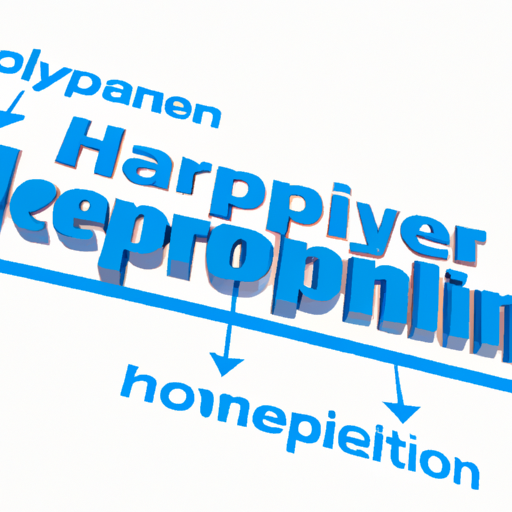Smart textiles, also known as e-textiles or wearable technology, are at the forefront of innovation in the fashion industry. These advanced fabrics possess the ability to interact with the environment and the wearer, offering functionalities that traditional textiles simply cannot match.
What Are Smart Textiles?
Smart textiles incorporate electronic components and sensors into their fibers, enabling them to perform tasks such as monitoring health metrics, providing heating and cooling, and even changing appearance based on certain stimuli. These innovative fabrics are designed to enhance the user’s lifestyle, making them increasingly popular in sectors ranging from sportswear to healthcare.
Health Monitoring and Fitness
One of the most significant applications of smart textiles is in health monitoring. Fabrics embedded with sensors can track heart rate, body temperature, and muscle activity. This technology provides valuable feedback to athletes and fitness enthusiasts, allowing for improved performance and enhanced training regimens.
Fashion Forward
Fashion designers are also embracing smart textiles to create garments that can light up, change color, or even respond to changes in the environment. This fusion of technology and art not only showcases creativity but also offers practical solutions, such as high visibility clothing for cyclists or jackets that adapt to climate conditions.
Environmental Impact
Smart textiles also have the potential to address environmental concerns. By incorporating sustainable materials and reducing waste through adaptive clothing designs, the fashion industry can move towards more eco-friendly practices, promoting a circular fashion economy.
Future Perspectives
The future of smart textiles promises even greater integration of technology in everyday clothing. As research and development in this field continue to grow, we can expect to see innovative solutions that enhance not just fashion, but also our health and well-being.
Conclusion
Smart textiles represent a remarkable intersection of technology and fashion, paving the way for a new era of clothing that is more functional, responsive, and sustainable. As this industry evolves, we look forward to seeing how smart textiles will transform our lives in unprecedented ways.




